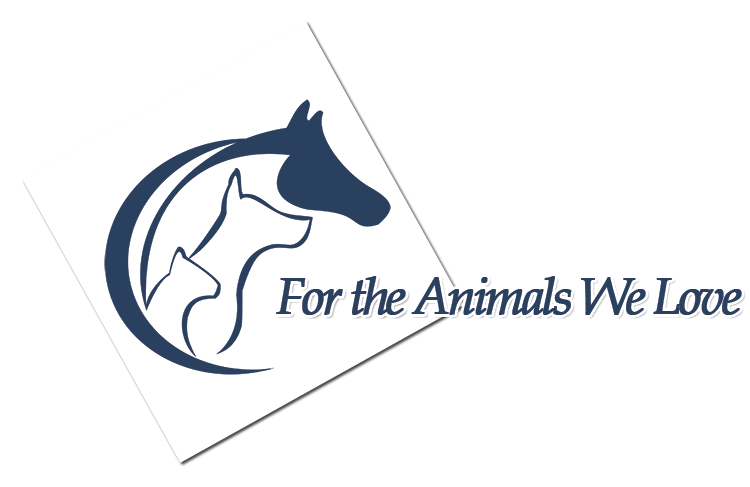 Sheep are such interesting and beautiful creatures, and I have been so blessed to be able to raise them along with my brother for the past four years. Showing sheep in 4H has proved to be no easy task, but is simultaneously one of the most rewarding activities I have ever participated in. My work as a shepherdess all starts the day that fair ends in July, when I send my breeding ewes off to the breeder, and my market lambs off to sale. It is extremely difficult to let my animals go after all of the work, love, and time I have invested into each and every one of them. I always have to keep in mind that I am running a business where sending my lambs off with their buyers is a reality that I must learn to deal with. It is, however, helping to pay for my college! 😉
Sheep are such interesting and beautiful creatures, and I have been so blessed to be able to raise them along with my brother for the past four years. Showing sheep in 4H has proved to be no easy task, but is simultaneously one of the most rewarding activities I have ever participated in. My work as a shepherdess all starts the day that fair ends in July, when I send my breeding ewes off to the breeder, and my market lambs off to sale. It is extremely difficult to let my animals go after all of the work, love, and time I have invested into each and every one of them. I always have to keep in mind that I am running a business where sending my lambs off with their buyers is a reality that I must learn to deal with. It is, however, helping to pay for my college! 😉
In October, the ewes return back home, and I feed them every morning and night. I make sure to rotate their pasture the best I can, but it isn’t long before the first snow falls. Since the gestation period of a breeding ewe is about five months, I bring my ewes into a smaller, warm space in the beginning of December and wait for lambs! It is one of my absolute favorite things in the world to open the door to that little pen and find the timorous body of a newborn lamb, trying its best to stand on its long, fragile legs. I can’t help but sit in there for hours, and I never seem to notice the time ticking by! Every day from the moment my lambs hit the ground, I make sure to constantly get my hands on them to get them more used to people. By day five, I evaluate the conformation of my lambs and choose my market animal for the upcoming season. Once March has arrived, my lambs are back outside, and I’ve started to halter-break them. More often than not, the sheep enjoy flopping onto their sides for the first couple of weeks. I have to pull them along for a while, until they understand that when they move with me, I don’t put any tension on their lead rope.
Once my lambs have been halter-broken, it is time to run them a mile every evening. It can be freezing cold, pouring rain, howling wind, or sweltering heat. Regardless of the weather, my brother and I remain committed and persevere with the end goal in mind. We imagine ourselves in the show ring; the muscles on our lambs glimmering and bulging in the mid-summer light of the arena. We make sure to feed our lambs well, and to weigh them every day to make sure they are not over or underweight. The competition on show day is divvied up based upon their weight, so getting the sheep on the scale daily allows us to help control which class they end up in at the fair. From May to July, our lambs may gain as much as seventy-five pounds!
Starting in June, my brother and I create a new presentation and travel across the valley to businesses of all shapes and sizes. We present to them and do whatever we can to convince business owners to purchase our animals as opposed to the animals of another 4H participant. When fair week finally arrives, we load our sheep into the trailer and make our way to weigh-ins at the fairgrounds. We feed, walk, decorate, haul, wash, wrap, shear, muck, and practice starting early morning, and going late into the night. On Tuesday, we arrive at the fairgrounds at 6 AM and start to prepare our animals for the show. The judge evaluates our showmanship and the quality of our animals, and places us accordingly. On Saturday of fair week, sale day arrives, and we can only hope and pray that all of our marketing pays off! From 1 PM to 7 PM animals are auctioned off to buyers. From here, our work starts all over again for the upcoming season.
Through all of our trials and tribulations in raising our sheep, Mesa Feed Mart has always been extremely supportive, and my brother and I can’t thank them enough for all of the wonderful things they have done for us! From providing us with great deals on feed, to donating to our business, to watching us show for hours in the grueling heat of the fair, Mesa Feed Mart has been generous to us in every way! I cannot thank them enough for all they have done for us.
by Chloe
Note: Find a good feed store in your area. Buy local and support local business. They will usually give you a great deal.
